The Apple iPhone 6s and iPhone 6s Plus Review
by Ryan Smith & Joshua Ho on November 2, 2015 8:00 AM EST- Posted in
- Smartphones
- Apple
- Mobile
- SoCs
- iPhone 6s
- iPhone 6s Plus
Final Words
The iPhone 6s in a lot of ways seems like it’s simple enough to review, but it turns out if you dig deep the changes have been significant. Over the course of a review, we’ve found major changes in the SoC, storage solution, camera, touch screen, fingerprint scanner, voice recognition software, cellular architecture, and WiFi chipset.
On the SoC side, it’s pretty safe to say that the A9 SoC is the best SoC in any phone today. We can talk about the TSMC and Samsung controversy, but at the end of the day regardless of which one you end up with the performance is going to be far and away better than anything else we’ve seen thus far. There are a lot of reasons for this, but at the end of the all that really matters is that the phone delivers the best user experience in areas where GPU or CPU performance is a gating factor. Again, I keep coming back to web browsing but due to the nature of wasteful yet necessary abstraction that occurs in websites and web applications it’s incredibly important that a high-end phone starts to challenge 2-in-1 and passively-cooled laptops in burst performance for a good user experience.
While CPU and strong browser optimization is critical for good web browsing performance, GPU is the other half of the equation to this SoC, even if it isn’t necessarily used to the fullest extent. The reality is that a high end phone is going to be used for gaming by a lot of people, and at the high-end gaming performance really needs to be impressive. The iPhone 6s’ are going to do well at this. GFXBench isn’t the same thing as an actual game, but the fact that the iPhone 6s and 6s Plus are basically pegging T-Rex at the maximum possible frame rate for most of a 3-4 hour infinite run of this intense benchmark basically means that gaming on the iPhone is going to be the best possible experience due to its incredibly high unthrottled GPU performance and the length of time that it’s able to sustain that unthrottled GPU performance. No other SoC I've tested this year can sustain this level of performance for this level of time.
The other truly impressive aspect of the iPhone 6s’ this generation is the storage solution. The iPhone’s storage solution here is ahead of everything else in the industry for three clear reasons. The first is the use of more advanced NAND organization. Although TLC NAND alone is going to be clearly worse for performance than SLC or MLC NAND, the iPhone 6s’ use SLC caching in conjunction with TLC NAND to improve storage performance in the situations that matter. The second is the use of PCI-Express to enable much higher bandwidths, which means that the SLC cache can really stretch its legs to reach the high levels of bandwidth that it’s capable of. The third is the use of a custom storage controller with NVM Express, which helps to realize the full benefits of PCI-Express. Overall, all of these things come together to make noticeable differences in user experience. Probably the most obvious example here would be iCloud backup and restore, along with app installs and updates. Burst photography and camera speed are also improved as a result of better storage.
The next upgrade worth discussing in the iPhone 6s lineup is the camera. The move to a 12MP rear camera was something that I personally was at least mildly skeptical of, but after testing the camera for myself I’m firmly convinced that Apple has managed to move to 12MP without noticeable degradation. The camera may not be sharper in most scenes, but the extra pixels enable 4K video recording, and it seems that this generation the improvements to video recording quality are enormous. On both iPhone 6s’, the addition of 4K video recording without random recording limitations, loss of image stabilization, or rapid overheating is surprisingly rare given the number of phones that support 4K video recording. The addition of 1080p120 slow motion video only magnifies just how far ahead Apple is in this segment when compared to Android smartphones. The iPhone 6s Plus also carries the rare distinction of having active OIS in video recording without the associated problems with jerky OIS behavior. The one disappointment here is that the iPhone 6s doesn’t have OIS, which increasingly feels like a pretty significant differentiator. Live Photos are also cool, even if at this point it remains to be seen if it will gain traction in the market.
The addition of 3D Touch to the iPhone 6s is probably something that seems like a gimmick on the surface, but after enough time with the iPhone 6s’ I can confidently say that this is probably one of the bigger changes to user interfaces in years. As-is, Apple has already managed to eliminate a lot of the friction that normally occurs with smartphone interaction when attempting to preview content without losing focus. However, going forward I can see significant changes in how people will interact with their phones. This isn’t really a revolution in the same way that the original iPhone is, but it’s a critical evolution step in the same way high-DPI displays were. I don’t think anyone is going to suffer greatly because their phone doesn’t have pressure sensitivity, but once you have this feature it’s hard to go back.
The second generation of TouchID isn’t quite as life-changing, but it’s a welcome improvement nonetheless. Again, this is a case where there was friction in the user experience that wasn’t really noticeable until it was gone. Obviously, Apple is no longer the only one at this level of user experience with fingerprint scanners but they are keeping up. The addition of always-on Siri is similar to TouchID in that regard, as while it isn’t life-changing it is a welcome improvement. The amount of polish in the personalized voice recognition is also impressive to see in action, and something that isn’t necessarily present in every implementation of always-on voice recognition that I’ve seen.
The sort of finishing touches to the iPhone 6s are the improvements to the cellular modem and WiFi chipset. The upgrade to Qualcomm’s MDM9x35 Gobi modem helps to improve power efficiency along with moving the iPhone 6s to UE Category 6 compatibility for LTE. The move to Broadcom’s BCM4350 WiFi/BT combo chipset enables 2x2 802.11ac, which means better range and throughput for routers that support MIMO.
Overall, after spending all this time with the iPhone 6s I can’t find anything really wrong with this phone. On the contrary, the A9 SoC is a huge jump in performance even relative to other SoCs on the same process node to give impressive application performance. The storage solution is unlike anything else in mobile that I’ve seen so far. The camera’s overall user experience is just about the best that you can get on the market. 3D Touch is a big improvement in user experience, while TouchID v2 and always-on Siri are worthwhile improvements in user experience. The only real issues I can think of are that the iPhone 6s doesn’t have OIS and that the base SKU is still 16GB of storage. To be fair, the 16GB SKU can become a noticeable user experience issue if you're constantly dealing with the limits of this storage, and the jump from 16 to 64 GB feels like it's simply designed to encourage buying a more expensive SKU. There are arguments that users that don't really take a ton of photos or videos and stream all their media will be fine, but it's still a user experience problem in this day and age. However, despite these issues I would argue that the iPhone 6s’ are the best phones you can buy today.
Of course, this sounds like a rather hollow recommendation to those that have followed our reviews for the past year. This year, more than ever it feels like Android smartphones at the high end have stood still, as if smartphone improvements have become a zero sum game. To make the best phone this year is therefore a pretty low bar to clear. However, the iPhone 6s, even when compared to iPhones alone, is especially noteworthy for the improvements to overall user experience.
On top of being a great smartphone in the same vein as previous smartphones, the addition of 3D Touch is a big deal. The idea of having additional interactions on top of a traditional touch screen is not a new idea. Samsung has tried the same before with Air View. However, what matters here is that the implementation is novel and useful in a way that other implementations weren't. 3D Touch manages to work because there's no need to hover a finger over a single link for half a second and rather than a single potential extra action there are a whole range of potential additional interactions that can be pressure-based. Zooming in and out on a browser could be done by pressure to greatly improve the user experience on desktop-only websites instead of constantly pinching in and out to read various parts of the page. AE/AF locking through increased pressure rather than a long press, more sophisticated gaming controls, and other applications have yet to be realized, but just the ability to preview web pages, messages, emails, and other content is a significant change in how I use a phone from day to day. Instead of constantly tapping and then immediately swiping back on emails and messages, it's much faster and more convenient to quickly press down on a single email to preview the first paragraph or so before moving on to the next just by letting go of the display. OEMs and SoC vendors often speak in platitudes about how user experience matters but 3D Touch is probably the first case where the user experience is visibly improved in a very real way.

In light of these factors, I would give the iPhone 6s line the Editors’ Choice Gold award. Looking back on the phone that has received this award in the past, I believe that the criteria for this award is such that a product is not only one of the best in its category and an extremely good product in a vacuum, but pushes the smartphone user experience forward in significant ways. The iPhone 6s isn't a perfect phone, but to receive the second highest award I don't believe it's necessary to make a "perfect" phone. There are areas that could be improved, but nothing that I believe is a significant detriment to the phone.


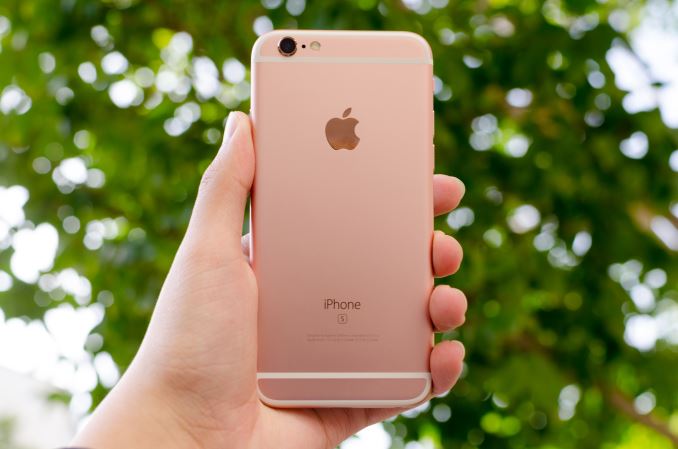
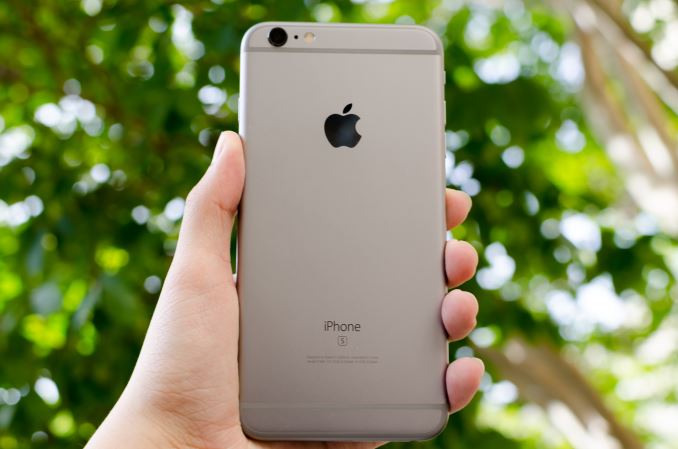
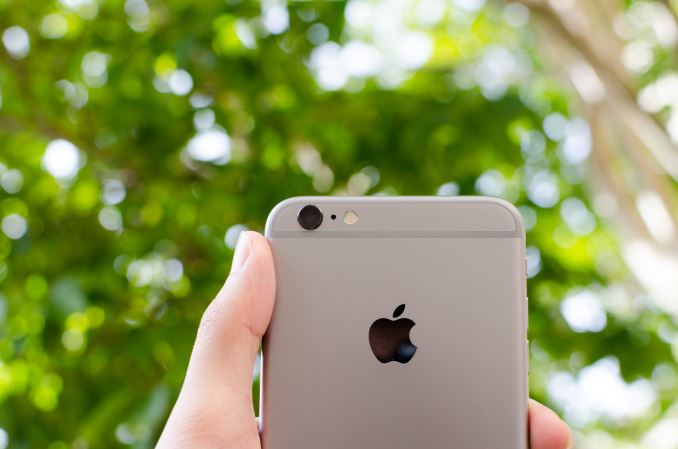
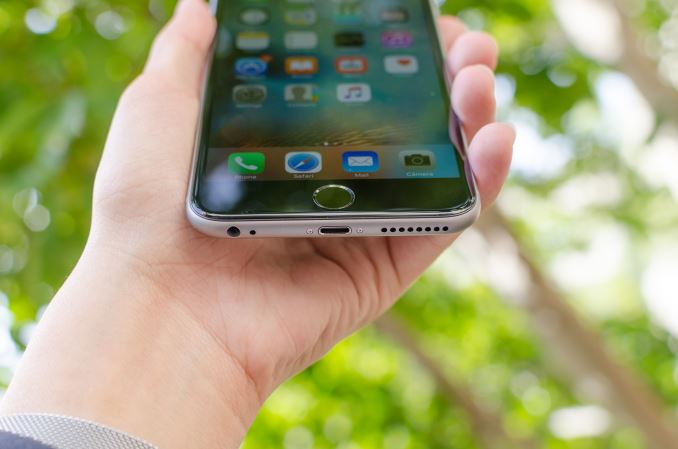
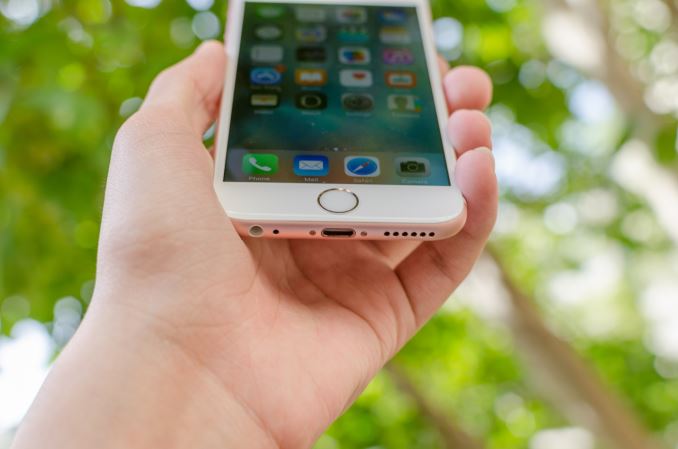
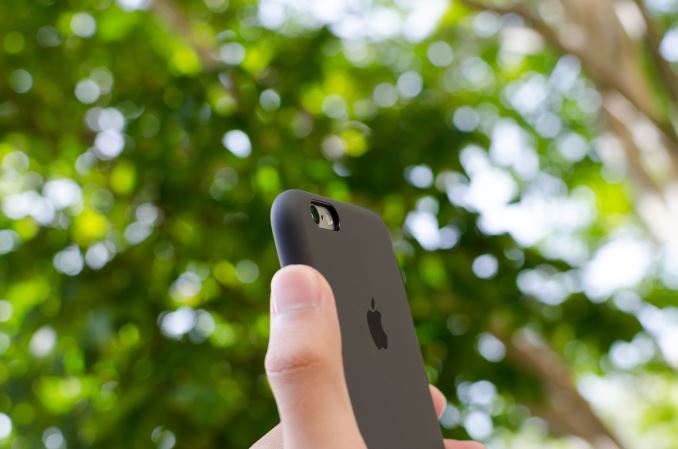
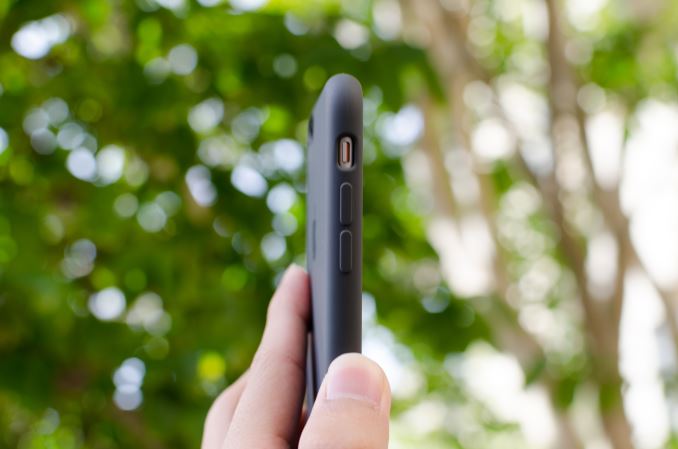








531 Comments
View All Comments
Der2 - Monday, November 2, 2015 - link
Its about time.zeeBomb - Monday, November 2, 2015 - link
Oh man...oh man it's finally here. I just wanted to say thank you for faithfuflly using all your findings to incorporate this review. It may have take a little longer than expected, but hey, this is my first anandtech review that I probably camped out for it to drop, lol...thanks again Joshua and Brandon!zeeBomb - Monday, November 2, 2015 - link
Ugh. I meant Ryan Smith...sorry! Waking up at 5 isn't the ideal way to go...Samus - Thursday, November 5, 2015 - link
That's what she said, Der bra.zeeBomb - Sunday, November 8, 2015 - link
Very valid point. Speaking of valid points... 500!trivor - Thursday, November 5, 2015 - link
Have to disagree with your statement that the high end Android phone space has stood still. With this round of phones the Android OEMs have all upped their game to approximate parity with the iPhones and in some cases exceed the performance and quality of images taken by an iPhone. In addition, on phones like the LG G4 the option of having manual control of your picture taking and supporting RAW/JPEG simultaneously is a huge advance for smartphones. Add to that, phase change focusing, laser rangefinder for close focus, generous internal storage (32 GB) and micro SD expansion (which works quite well on Lollipop - not sure about Marshmallow yet) you have a great camera phone. It also has OIS 2.0 (whatever that means) at a significantly lower cost than even the low end (16 GB) iPhone 6s @ $450-500 for the G4 versus $650 for the iPhone. While iOS seems to get apps updated a little quicker, look nicer from what I've heard and seem to be a little more feature rich. Conversely, the Material Design language has greatly improved the state of Android interfaces to give Android OEMs a much more stable OS - although the first builds of Lollipop were not ready for prime time. Also, let's not forget that Android dominates the low - middle range of Smartphones below $400 with near flagship specs, excellent cameras in phones like the Motorola Style (Pure Edition in the US), Motorola Play (is apparently the base model for the Droid Maxx 2 for Verizon, a number of the Asus Zenphones, the Moto G and E. Also, the new Nexus' (6P and 5X) are both competitive across the board with new cameras with 1.55 micron pixels that let in significantly more light than the 1.12 pixels in other cameras, are competitively priced (especially the 6P @ $499), and are overall very nice handsets. Finally, the customizability and wide variety of handsets at EVERY PRICE POINT make Android a compelling choice for many consumers.Fidelator - Friday, November 6, 2015 - link
I couldn't agree more, the Android space has not stayed still, if anything, most of the problems on that side were due to Qualcomm's lack of a good offering this year, still, the phones were further refines in other areas, saying this is overall the best camera phone given the only advantage it has over the competition is reduced motion blur is complete bull, the UI is far from the best given that auto on both the SGS6/Note 5 and the G4 is as effective yet those still offer great manual settings.The -barely over 720p- display on the 6S is inexcusable for 2015 and given the starting price of the 6S should not be passed as an acceptable not even as a good display.
Where Apple deserves credit is with the A9, it is miles ahead of anything the competition currently offers, they have made some fantastic design choices, it just is on the next level.
robertthekillertire - Monday, November 9, 2015 - link
I'm actually very happy with Apple's decision to stick with a lower-resolution screen. Which would you rather: a smartphone with an insanely high pixel count that your eyes probably can't appreciate anyway, or a smartphone with a lower PPI (but barely perceptibly so) that gets better battery life and has smoother UI and game performance because it's not trying to push an absurd number of pixels at any given moment? The tradeoff just doesn't seem worth it to me.MathieuLF - Tuesday, November 10, 2015 - link
But your eyes can tell the difference... When I had my iPhone 6+ and Nexus 6P side by side I can see it right away that the Nexus has more pixelsCantona7 - Tuesday, December 1, 2015 - link
But the difference is not large enough to justify heavier power consumption and greater graphics requirement. I agree that more pixels is certainly more pleasant to the eyes, but I'd rather greater battery life. If the Nexus 6P had a lower resolution screen, it would have a even greater battery life which would be awesome